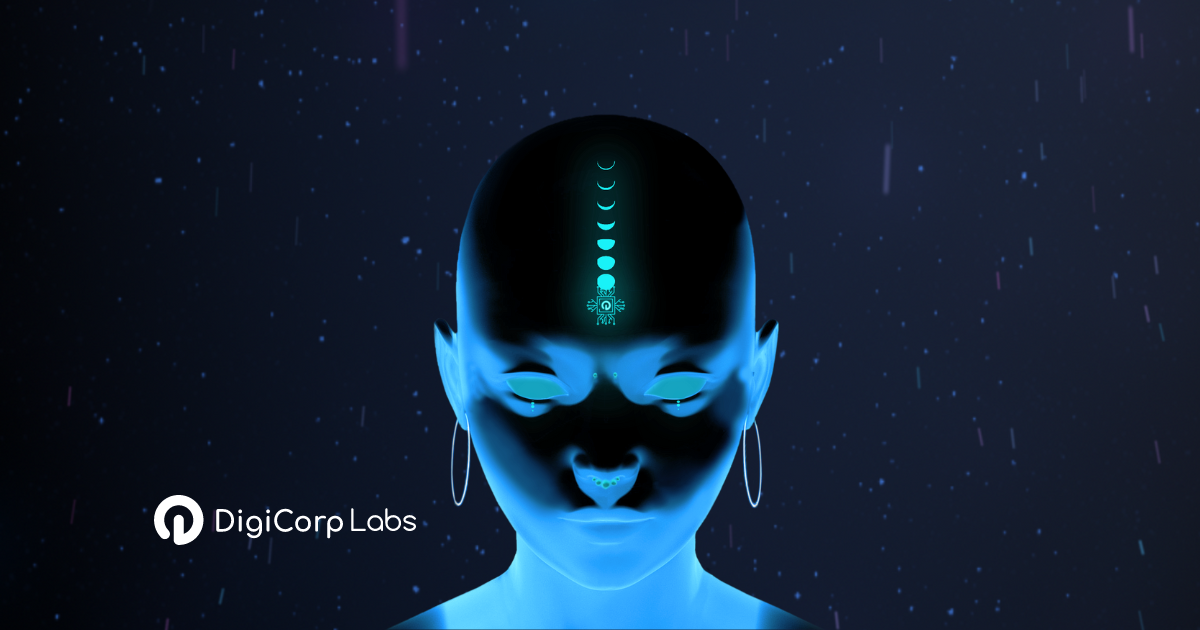
In 2024, the digital landscape is more intricate than ever, making cybersecurity a paramount concern. The sheer complexity of these systems hinders our ability to directly link overall system behavior to the intricate workings of individual components. In simpler terms, it's difficult to understand what's happening "big picture" based solely on lower-level activity.
This backdrop presents a huge challenge when it comes to securing complex digital systems – but with the right methods and practices, we can do it. Let’s explore how system thinking can help us implement security in today’s fast-evolving landscape.
Understanding Unforeseen Consequences: Emergent Behaviors
Emergent behaviors are indirect side effects of combined capabilities, which can be both beneficial and harmful, but are always hard to foresee and harder to measure.
The likelihood of emergent behaviors increases when a system has:
In these cases, emergent behaviors can create unforeseen challenges that complicate cybersecurity efforts.
Complexity vs. Predictability: Aiming for Clarity
Even in the realm of cybersecurity, minimizing complexity and unpredictability is crucial. While a system with multiple components can be intricate, it doesn't necessarily equate to complexity.
True complexity arises from excessive diversity, non-linearity, and path dependencies. Without these factors, each subsystem behaves predictably, with each cause leading to a foreseeable effect, even at a higher level.
Robust Authentication: The Cornerstone of Security
For robust cybersecurity in the 21st century, we must secure not only the networks themselves but also the endpoints and access points to shared clouds. Validating users' identities, applications, and information systems is critical, as is ensuring all subsystems are fully known and predictable.
The starting point for this endeavor? It lies in precisely identifying the system's users and other functional entities through secure authentication – the primary step in granting access to users and third parties in an information system. Ideally, the authentication process should occur before granting access to anyone.
The ideal authentication method goes beyond traditional password-based systems. It embraces cutting-edge technologies such as passwordless authentication, decentralization, biometric encryption, and mobile device integration. These advanced features not only enhance security but also improve user experience and accessibility.
This comprehensive approach to authentication is precisely what Digicorp Labs offers through its decentralized identity and access management solutions, DGMV-ID, and DGMV-IAM, both based on blockchain wallet technology.
Moreover, the immutable recording of authentication events on a blockchain adds another layer of security and compliance. This feature ensures traceability and timestamps, preventing tampering or alteration of authentication records. The integration of the DGMV-Smart Layer seamlessly facilitates this process, further enhancing the security and reliability of authentication procedures.
In essence, Digicorp Labs' solutions prioritize not only security but also user convenience and regulatory compliance.
Securing Endpoints: The Weakest Link
Endpoints, acting as exposed points of entry, are the most vulnerable areas of any information system. Malicious actors can exploit these vulnerabilities to infiltrate a system undetected. In decentralized networks, edge devices become fundamental security measures.
Information diodes, which transmit data one-way using LEDs, illustrate this concept. Simple design principles, even if they introduce slight complication, can significantly reduce overall complexity, leading to tangible security benefits.
At the core of any systems approach lies the understanding of cause-and-effect relationships. In simpler terms, each action should result in a predictable outcome, provided the system can be divided into manageable sub-systems.
Beyond the Cloud: Decentralization as a Defense
The cloud, a treasure trove of data, is a prime target for hackers who aim to steal, damage, or hold data hostage. To address this vulnerability, the trend is shifting away from centralized cloud storage and towards Web3 – a world of physically distributed grids, nodes, and endpoints. This decentralized approach emphasizes secure peer-to-peer communication based on individual authentication and zero-knowledge proofs (where users can prove they possess information without revealing the information itself).
Apple's initiative to store sensitive data in encrypted formats on users' iPhones and iWatches, instead of iCloud, exemplifies this trend. This approach significantly hinders data theft.
Decentralized endpoints are becoming increasingly common across various applications, from smart meters in homes to smart cities and ownable IP addresses. It’s all about adding an extra layer of cyberattack protection, and giving ultimate, decentralized control back to each individual user.